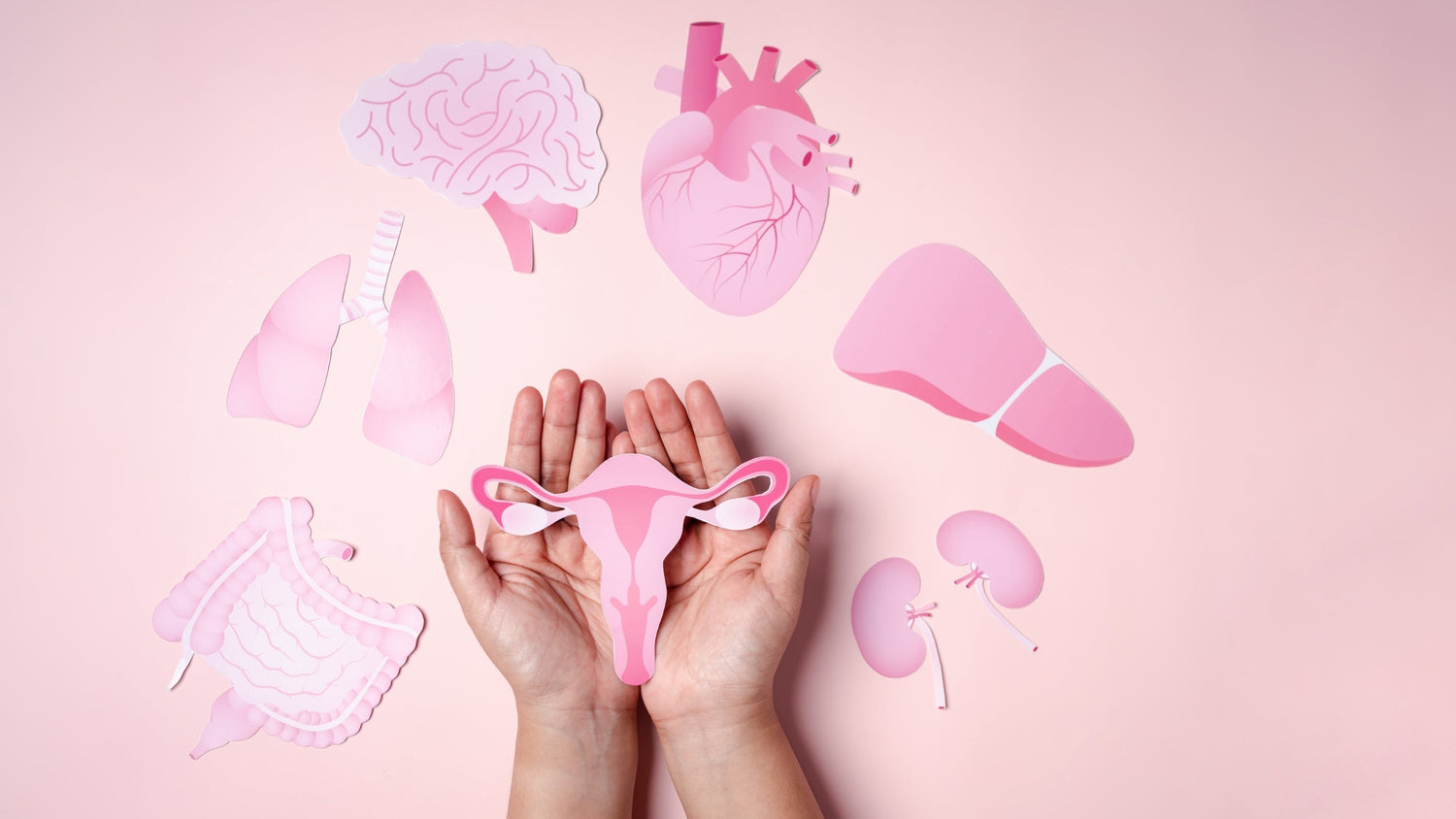PCOS and Excessive Hair Growth
Hirsutism is characterized by excessive hair growth in women in areas that are typically associated with male patterns (such as the face, chest, or the pubic-abdominal line), and it is commonly observed in those with hormonal imbalances. This article will explain the causes, diagnostic methods, and treatment options for hirsutism, highlighting the different types of hair and offering tailored solutions for each situation.
Hirsutism is the clinical manifestation of hyperandrogenism, influenced by skin sensitivity to androgens and genetic factors. For example, 60% to 80% of American women with PCOS (polycystic ovary syndrome) experience hirsutism, compared to only 20% of Japanese women.
What is Hirsutism?
Hirsutism leads to abnormal hair growth in women, particularly on the face, chin, neck, back, and abdomen. It is important to understand that hirsutism is not just a cosmetic concern but also indicates underlying hormonal imbalances or medical conditions.
Hirsutism is primarily caused by an excess of androgens (male hormones) in the body, though there can be other contributing factors. Androgens cause hair to grow in areas where women usually have little or no hair, and the hair becomes darker and thicker, appearing on areas such as the chin, jawline, chest, abdomen, arms, and back.
Signs and Symptoms of Hyperandrogenism:
- Dark hair growth on the face, chest, back, abdomen, and other areas typically associated with male hair patterns.
- Acne on the face or body.
- Thinning hair or alopecia near the temples.
- Reduction in breast size.
- Increase in muscle mass.
- Enlargement of the clitoris.
- Elevated androgen levels, which affect approximately half of the women with hirsutism.
Easy Diagnosis of Hirsutism: The Ferriman-Gallwey Score
The Ferriman-Gallwey score is used to assess excessive hair growth in women in typically male-dominated areas. This score evaluates the severity of hirsutism and tracks its progress over time.
Ferriman-Gallwey Scoring:
It examines nine specific body areas where hair growth can occur in women:
- Upper lip
- Chin
- Chest
- Upper back
- Lower back
- Upper abdomen
- Lower abdomen
- Arms (forearms and biceps)
- Thighs
Each area is scored from 0 to 4, where:
- 0 indicates no terminal (thick and dark) hair.
- 1 indicates slight hair growth.
- 2 indicates moderate hair growth.
- 3 indicates dense but incomplete hair growth.
- 4 indicates complete and thick hair growth.
A total score of 8 or more typically suggests hirsutism.
Causes of Hirsutism
The causes of hirsutism vary and can include:
-
Hormonal imbalances: Excess androgens can lead to excessive hair growth. This imbalance is often associated with conditions like polycystic ovary syndrome (PCOS), which typically presents with elevated androgen levels and menstrual irregularities.
-
Idiopathic hirsutism: When no specific cause is identified, it is termed idiopathic hirsutism, which may be genetic or related to increased sensitivity of hair follicles to androgens. In these cases, androgen levels remain normal, and there are no menstrual disturbances.
-
Hyperinsulinism: Insulin resistance, often seen in PCOS, can trigger increased hair growth.
-
Medication: Certain drugs can induce hirsutism in some women.
-
Medical conditions: Diseases like adrenal or ovarian tumors or thyroid disorders may also cause hirsutism.
The Connection Between PCOS and Hirsutism
PCOS is a leading cause of hirsutism in women, affecting 8% to 13% of women of reproductive age. The excess production of androgens in women with PCOS results in the growth of coarse, dark hair in areas where women typically have fine or no hair. Androgens stimulate hair follicles, leading to excessive hair growth, as well as acne and hair thinning.
How to Manage Hirsutism
Addressing hirsutism requires two interconnected steps:
-
Reducing androgen levels: This can be achieved through dietary changes and appropriate supplementation.
-
Targeting hair follicles: External treatments like laser hair removal or electrolysis are necessary to permanently remove the hair follicle, preventing future hair growth. Both steps must work together to avoid regrowth and ensure effective treatment.
Treatment Options for Hirsutism
Treatment options for excessive hair growth depend on the severity of the condition and may include lifestyle changes, medication, and mechanical hair removal methods.
-
Natural approaches: Reducing androgen levels through a balanced diet, regular exercise, and supplementation can help manage symptoms. However, this method will only slow hair growth without removing existing hair follicles.
-
Mechanical hair removal: Shaving, waxing, or using depilatory creams can manage existing hair, though they do not address the root cause of hirsutism. More permanent methods include laser hair removal and electrolysis, which destroy the hair follicle.
-
Medication: Anti-androgens or hormonal treatments can help reduce hair growth but should be used under medical supervision.
- Our Natural solution for Excessive Hair Growth for Woman with Pcos : Is our bundle
Conclusion:
Hirsutism is a multifaceted condition that requires a comprehensive approach to manage effectively. By understanding its causes and exploring available treatment options, women can find appropriate solutions to improve their well-being. Consulting a healthcare professional for accurate diagnosis and personalized treatment is essential.






